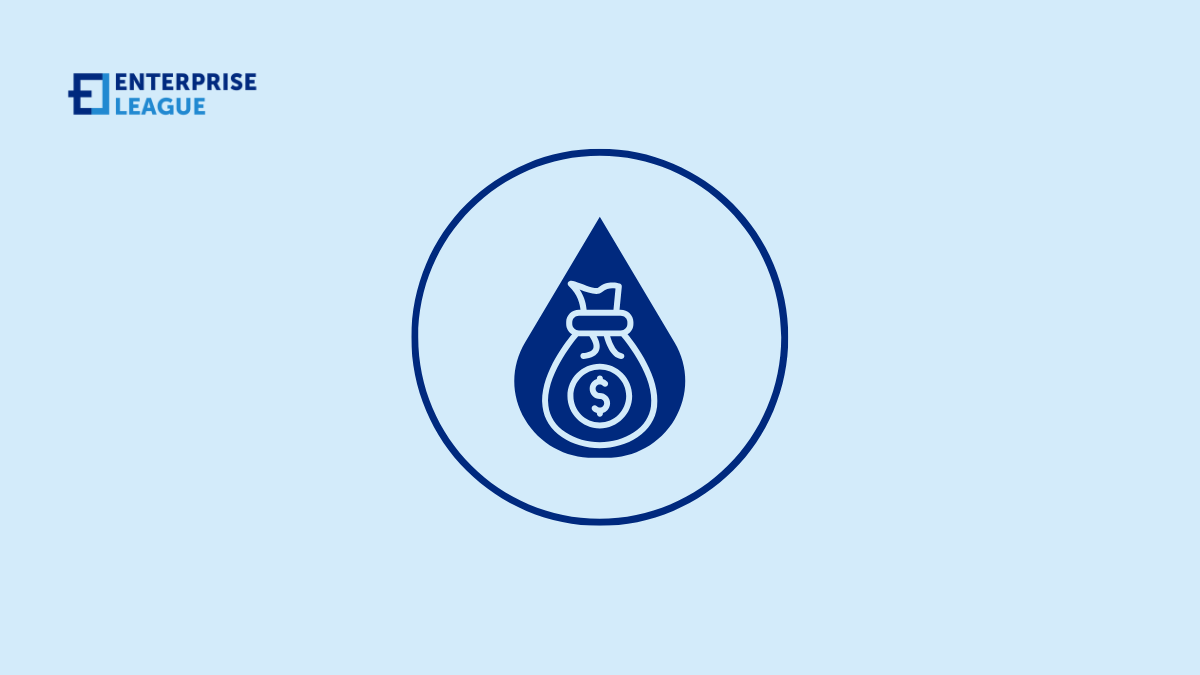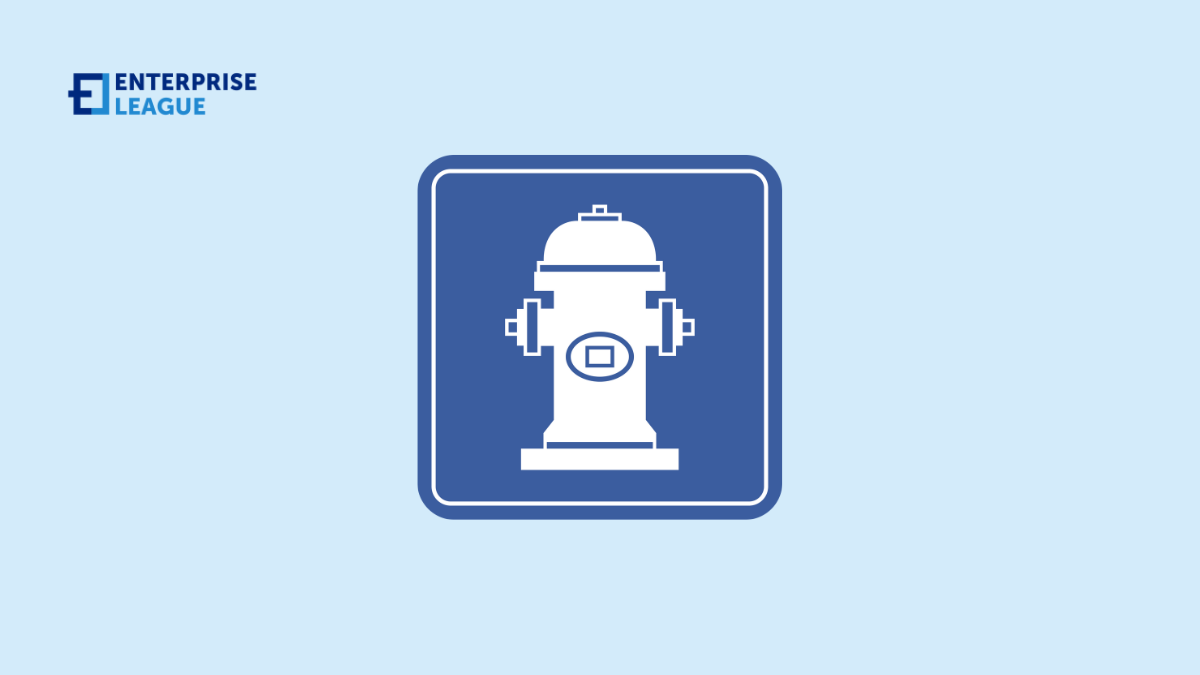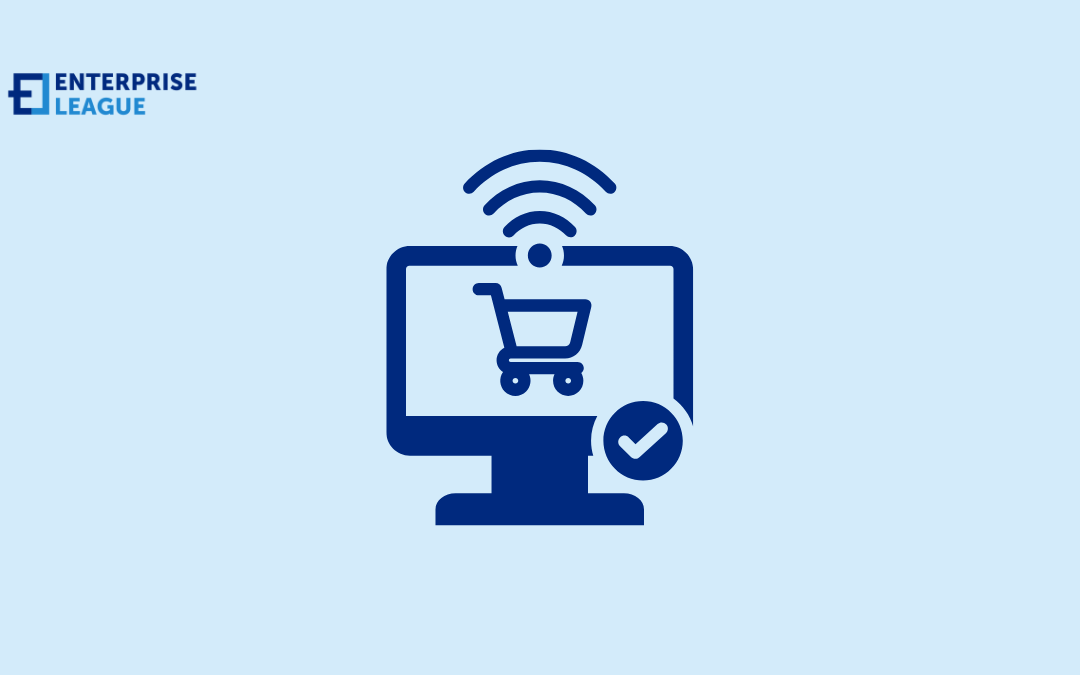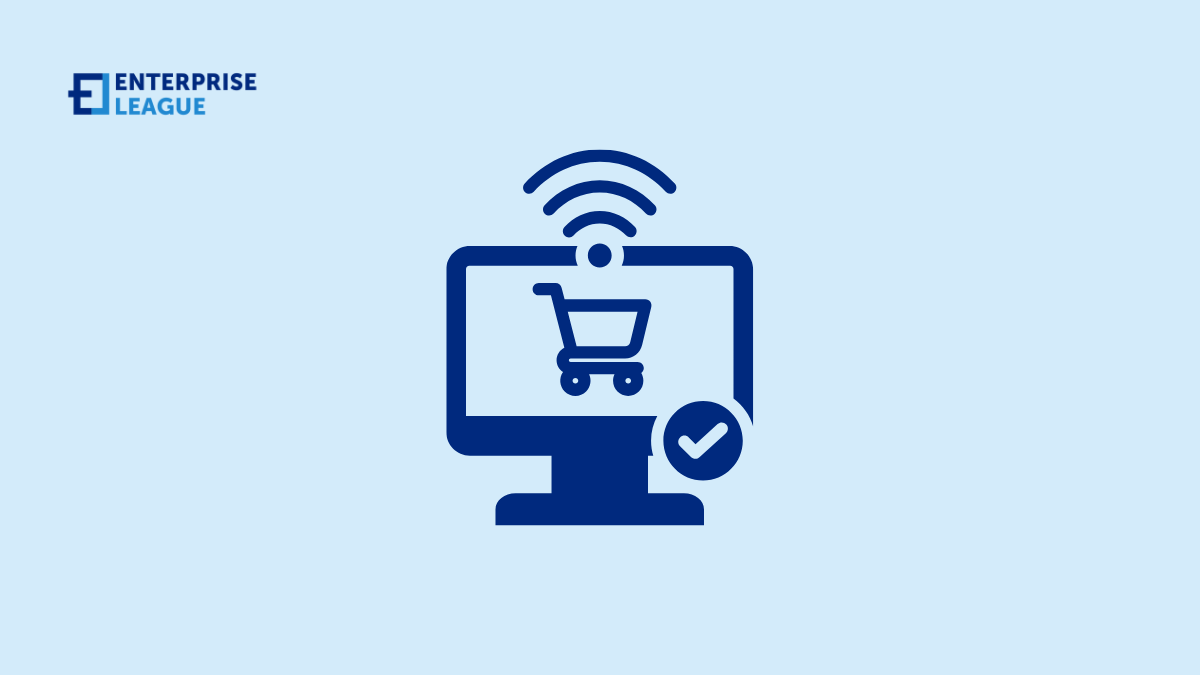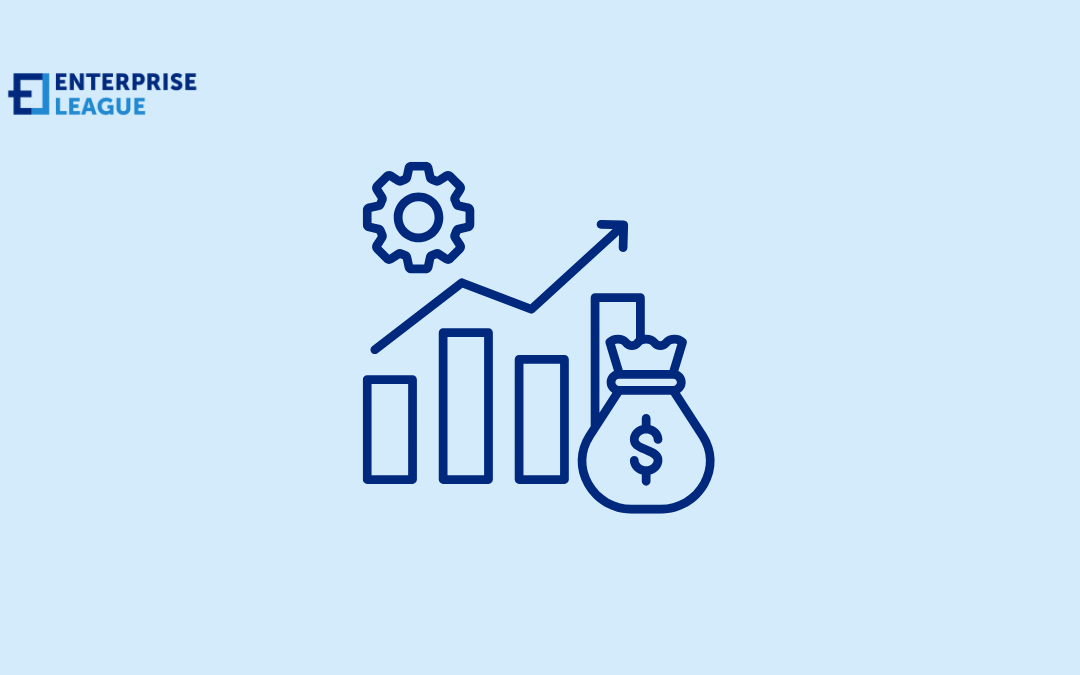Running a software business means handling money from customers who expect things to work smoothly. They sign up, enter their card details, and assume the rest happens without a hitch. On your end, though, payment processing is a whole different story. You need...
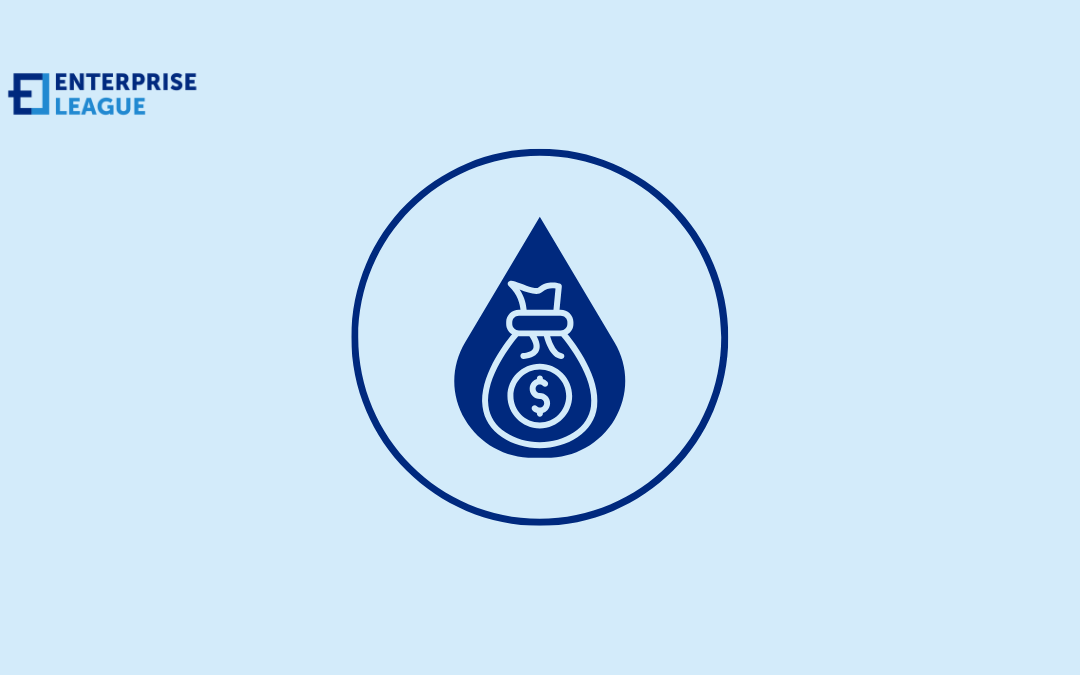
The future of finance: Adapting to the 2025 cash and liquidity field
As the economic climate shifts rapidly, small and midsize businesses face new financial challenges and opportunities. From evolving technologies to rising interest rates, how companies approach liquidity and cash flow is undergoing a major transformation. To stay competitive in 2025 and beyond, these businesses must heed expert predictions from experienced organizations like Synovus Capital Markets and rethink how they manage cash and liquidity in real-time.
Real-time cash visibility is a must-have
The days of static monthly reports are over and businesses need real-time access to their financial data to make agile, informed decisions. Understanding the meaning of cash liquidity, and how quickly assets can be converted to usable cash, is essential for staying financially flexible.
Real-time cash visibility allows teams to respond quickly to cash shortages or surpluses, giving them the flexibility to shift gears before problems arise. Businesses should prioritize digital platforms that offer integrated dashboards and mobile-friendly interfaces, allowing decision-makers to stay connected to their financial standing anytime, anywhere.
Cash management trends are going digital
The finance world is becoming increasingly tech-driven. As digital-first banks, virtual cards and embedded finance tools gain traction, businesses are moving away from traditional models of cash control. These tools allow faster payment processing, better oversight and streamlined access to working capital.
Small and midsize businesses, in particular, are embracing virtual corporate cards as a flexible solution to monitor and manage spending without the overhead of legacy banking tools. Decentralized financial tools also improve transparency and reduce friction in day-to-day operations. By digitizing core processes, businesses can save time, reduce risk and enhance overall liquidity management.
Elevated interest rates require smarter liquidity planning
With interest rates holding steady at higher levels, maintaining idle cash is no longer the safe strategy it once was. Managing cash liquidity effectively is now a top priority for businesses navigating high-interest environments. Enterprises must balance the need for operational liquidity with the opportunity to invest or allocate excess funds strategically. This makes liquidity planning a vital part of financial operations in 2025.
Businesses should regularly assess their cash flow cycles, centralize idle funds and explore treasury management services to help optimize returns. Effective liquidity planning prevents cash shortfalls and reduces the need for expensive short-term borrowing, offering a double win in financial health and cost control.
Inflation and tariffs will challenge liquidity planning
Inflation has fallen to 2.9% in recent months. According to experts at Synovus, while significantly lower than its peak of 9.1% in 2022, inflation still exceeds the Fed’s 2% target. Proposed tariffs and global supply chain disruptions may increase inflation. As Synovus Managing Director Tom Loffredio explains, “If companies are paying more for goods, they’ll need cash to do so. This will reflect how businesses manage their corporate liquidity planning into 2025 and beyond.”
In the face of these pressures, businesses must be prepared for potential cost increases in goods and services. Adjusting liquidity strategies to ensure there’s enough working capital to navigate rising costs will be critical. By factoring in inflationary risks and trade-related pressures, companies can better predict their cash flow needs and avoid being caught off guard.
AI and automation are the new financial assistants
Automation and AI-powered tools are reshaping how finance departments operate, from forecasting to accounts reconciliation. These technologies reduce the time spent on manual processes, improve accuracy, and enhance the ability to make data-driven decisions. Automation is particularly valuable in areas like receivables, payables and liquidity projections, where speed and precision are crucial.
According to a McKinsey report, nearly half of all finance tasks can be automated. That’s a massive opportunity for businesses looking to cut costs, streamline operations, and take tighter control of their cash flow and liquidity.
Conclusion
The cash and liquidity industry demands that business owners move from reactive to proactive. Whether it’s enhancing visibility through digital tools, leveraging AI for forecasting, or building a robust liquidity plan, these strategies are no longer optional, they’re essential.
Smart liquidity planning allows businesses to make better decisions today and position themselves for long-term success tomorrow. By embracing these trends, entrepreneurs and small business leaders can remove financial barriers, fuel sustainable growth and strengthen the communities they serve.
More must-read stories from Enterprise League:
- Get entertained and educated with some of the best business movies.
- The only list of novels for entrepreneurs that you will ever need.
- Profitable online education business ideas that you should be aware of.
- Engaging online networking events that you should not miss.
- Innovative small business growth tips that will take you to the next level.
Related Articles
The 9 Best Payment Processing Services for SaaS
Building a U.S. Real Estate Portfolio: Why Beverly Hills Should Be Your First Step
The United States has long been a magnet for real estate investors seeking stable returns and prestige. Among its many luxury markets, one name consistently stands out: Beverly Hills. Known worldwide for its glamour and exclusivity, it represents more than just a...
Top 7 SEO Services for Law Firm Websites
In the legal sector, digital visibility is the primary determinant of case volume. For attorneys, implementing a specialized SEO service for Law Firm website is a fundamental requirement for operational stability. Generalist marketing strategies frequently fail in...
Building team accountability in distributed systems
You can draw the neatest architecture diagram, pick the trendiest frameworks, and still find yourself on a midnight incident call where everyone says, "I thought someone else owned that." That moment is familiar to anyone who runs distributed systems: the technology...
Best Managed WordPress Hosting Brands With Serious Performance
When you're running a WordPress website that needs to perform, picking the right hosting provider becomes a technical decision that directly affects your bottom line. Load times, server response rates, and uptime percentages translate into real visitor behavior. A...

